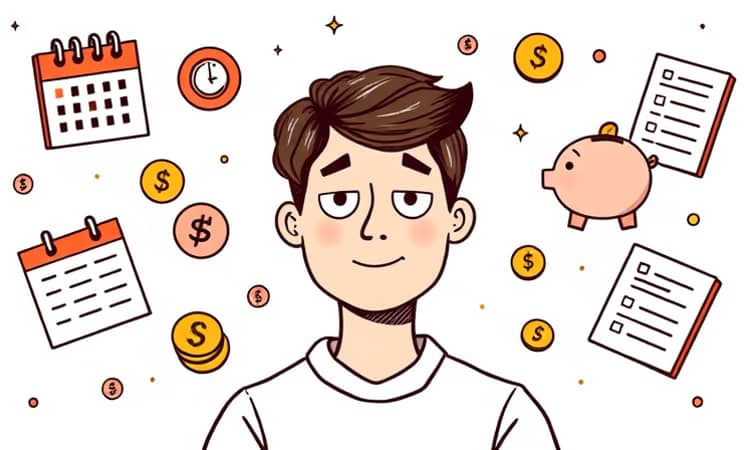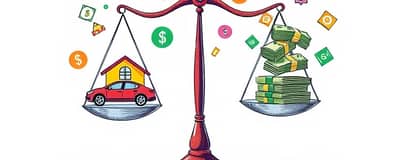Taking control of your personal loan repayments isn’t just about meeting a monthly obligation. It’s about crafting a financial roadmap that leads to freedom, stability, and peace of mind. When you approach loan repayment with intention, you pave the way toward improved credit, reduced stress, and future opportunities.
In this guide, you’ll discover why loan payments must be prioritized, how to structure a resilient budget, strategies for speeding up repayment, and methods to safeguard your financial health. With clear steps and actionable tips, you can transform your repayment plan into a powerful tool for personal growth.
The Importance of Budgeting Loan Repayments
Every loan payment should be viewed as a non-negotiable monthly obligation. Treating your installment as part of your essentials ensures it always receives the attention it deserves.
By including your loan in your core budget, you must be treated as fixed expenses alongside rent and utilities. This approach helps you avoid missed payments and late fees, which can spiral into hefty penalties and long-term credit score damage.
Moreover, consistent, on-time payments demonstrate reliability to lenders. Over time, this builds your creditworthiness, granting access to better rates and financial products in the future.
Structuring Your Monthly Budget
Choosing the right budgeting framework is key to balancing your loan obligations with everyday living costs. Two proven methods stand out:
- 50/30/20 budget: Allocate 50% of your income to essentials (including your loan payment), 30% to non-essentials, and 20% to savings and extra debt repayments.
- Zero-based budgeting: Assign every dollar of your income a role. Start by covering necessities and minimum loan payments, then distribute the remainder toward fun and savings.
Begin by listing all your expenses. Separate them into essentials (housing, groceries, utilities, loan payments) and discretionary items (dining out, entertainment, subscriptions). This distinction illuminates where you can trim costs and redirect funds toward faster debt elimination.
Strategies for Managing and Accelerating Repayment
Once your budget is set, deploy these tactics to make each payment count.
- Schedule payments close to your payday so you’re less likely to overspend before fulfilling your loan obligation.
- Set up AutoPay to eliminate human error and prevent late charges. Just verify your account has ample funds to avoid overdraft fees.
- Make extra payments whenever possible. Even modest additions shave interest off your principal and shorten your term. Consider a lump sum from a bonus or tax refund.
- Try biweekly payments instead of monthly. Splitting a $300 payment into $150 every two weeks yields 13 payments annually, effectively adding an extra installment.
- Round up payments to the next convenient number (e.g., pay $320 instead of $300) to chip away at the balance faster.
These small adjustments may seem minor in isolation, but cumulatively, they can save you hundreds or even thousands in interest.
Popular Debt Repayment Methods
Different approaches work better for different mindsets. Here are three widely used methods:
- Debt Snowball: Focus on your smallest balance first. Paying that off builds momentum and boosts motivation.
- Debt Avalanche: Target the highest interest rate debt first to reduce your interest cost and shorten repayment.
- Debt Consolidation: Combine multiple debts into a single loan, ideally at a lower rate, to simplify your payment schedule.
Choose the plan that aligns with your goals—whether you crave quick wins or want to minimize long-term costs.
Building Financial Protection
While debt repayment is crucial, protecting yourself against unexpected expenses is equally important. Without a safety net, a single emergency can derail your plan.
Aim to maintain an emergency fund equaling three to six months of essential costs. If your rent, groceries, and loan payments total $2,000 per month, your target fund should be $6,000 to $12,000.
Even as you tackle debt, contribute small, consistent amounts to savings. This dual approach fosters resilience and prevents new borrowing in a pinch.
Refinancing and Adjusting Your Plan
Your budget isn’t set in stone. As life circumstances, rates, and incomes shift, you must be ready to adapt.
Regularly review your figures and adjust your budget regularly. If you receive a raise or cut back on an expense, redirect that surplus toward your loan. Conversely, if costs rise, reallocate or trim discretionary spending to preserve your payment commitments.
When interest rates fall or your credit score improves, consider refinancing. This can lower your APR and monthly due, freeing cash flow for other goals. Before committing, verify any prepayment penalties or fees that could offset your savings.
Common Pitfalls and Final Thoughts
Avoid these traps:
- Skipping payments and incurring fees that compound your debt.
- Failing to update your budget as your financial situation evolves.
- Ignoring lender policies—ensure extra funds apply directly to the principal.
By treating your loan payments as integral to your budget, leveraging targeted strategies, and safeguarding against surprises, you can transform a daunting obligation into a stepping-stone toward financial freedom. Every payment you make is an investment in your future—embrace the process, stay disciplined, and watch your progress accelerate.














